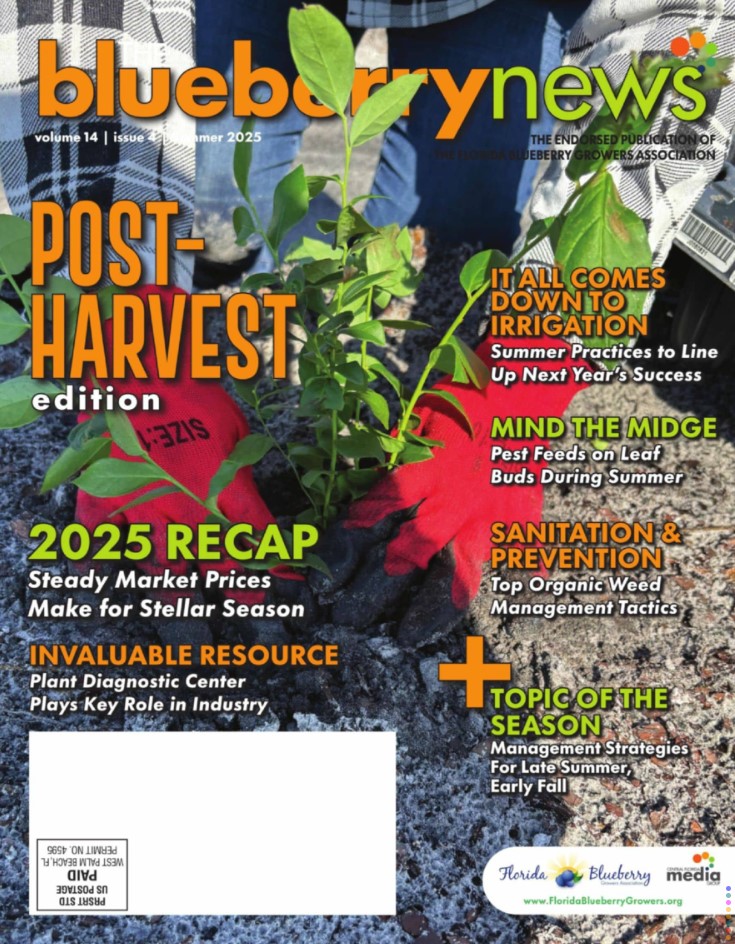President's Letter: Dealing With Mother Nature and the Designs of Society
As I pen this in mid-March I’m not sure how the season will turn out, but I’m hopeful and as ready as I can be for what comes at harvest. Ever since Thanksgiving, our business has been steering through white waters I hardly expected to see till harvest. As growers, you know it’s been a bit of an odd year due to both the political and economic designs of our society and the inescapable influence of Mother Nature. Despite this, the Florida growers I talk to have all been working hard and figuring out how to adjust their operations to capture a good harvest.
Our farm, Frogmore Fresh, is about 35 miles north of Tampa in a coolish hilly micro-climate. Some of you Florida growers had different weather impacts from ours, but we all dealt with similar human-driven economic impacts. Some were challenges, and some were beneficial.
Designs of Society
Three notable issues, in particular, added to the cost of operations layered on top of the already accelerating inflation picture. Supply chain inflation went into high gear this spring as the politics of energy teamed up with Russia’s war on Ukraine. Growers are getting hit with the double whammy of jumping fuel costs and surging prices for their critical nutrients and crop protection chemicals. These are substantial double-digit percentage increases, and the impact of this trend will hit our 2023 crop for its entire growing season. Prices are not stable, leading to an uncertain planning environment.
Of course, these issues may impact our foreign competition even more. Import costs shot up, and shipping delays hurt fruit quality. This is a mixed blessing that may make our blueberries more competitive but, at the same time, turn off consumers to blueberries as a favorite food category. Let’s hope that consumers respond to the better tasting “Fresh From Florida” blueberries we are growing nearby. I know the market is anxiously awaiting our crop of quality berries.
Influence of Mother Nature
Despite all the challenges society places on farming businesses, none compare to the dictates of Mother Nature. Southern Highbush Blueberries are a demanding crop to grow in Florida, with 12 months of active caretaking required and every bug and microbe hungry for some part of them. Even after growing a nice bush loaded with lots of flower buds, winter weather has the last say. For our farm, we had very few December chill hours. Other growers had the same experience, suggesting a lighter than average crop for legacy varieties. For us, the warmth of early winter helped early season varieties and those with evergreen production culture. This looks like a good year for recent plantings of newer UF varieties. … if you had good frost protection.
We stayed up eight nights running overheads; more than the last several years combined. For the most part, we were successful with limited freeze damage. I know some of you did so more than 10 times, which can wear a person down even before the rigors of harvest arrive. Frost events can put a dent in the crop totals, and I’m sure Florida did not escape entirely, but our friends in Georgia took a few hard hits. Let’s hope they come through okay and that firmer prices to all Southeast growers will help offset the designs of society and the influence of Mother Nature.





